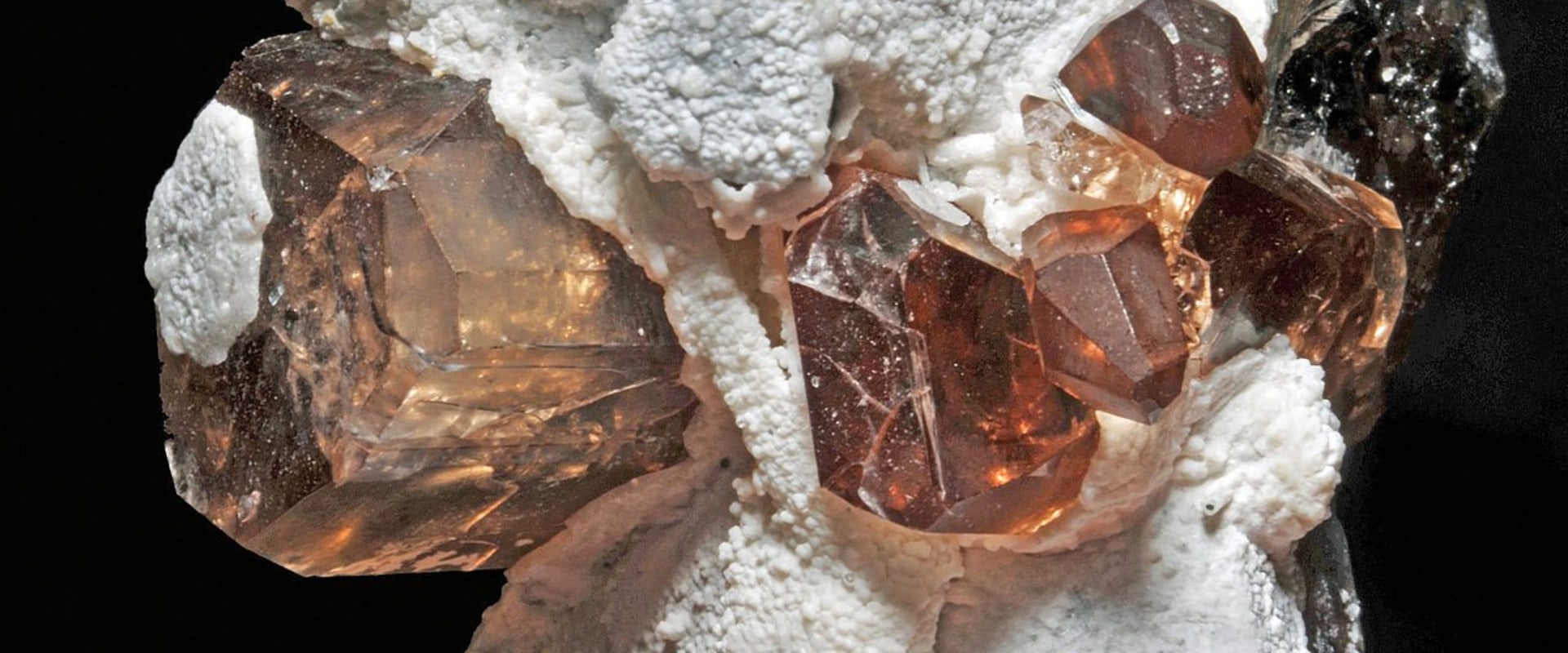Crystals are fascinating and beautiful objects that have captivated people for centuries. But how are they formed? While most processes that produce more orderly results are achieved by applying heat, crystals tend to form at lower temperatures, especially by supercooling. Transformations of any kind can occur quickly or can be very slow. Reconstructive transformations are generally slow and may not occur, even if they should occur.
For example, all diamonds should be converted to graphite (a reconstructive transformation) on the Earth's surface, but they don't. In contrast, dysplasive transformations, such as the conversion of alpha quartz to beta quartz, are instantaneous and reversible. It takes just over 573°C to heat a quartz crystal and turn it into beta quartz. Cool the same crystal and it will turn back to alpha quartz.
Transformations of order disorders, the third type of transformation, occur at different rates depending on how quickly the temperature and sometimes the pressure change. If the exchange rate is fast, no transformation may occur. The piezoelectric property, in which a crystal acquires an electrical charge when squeezed or hit, makes crystals useful in everything from living room speakers to ultrasound scanners. Another interesting element of crystal growth is that there are no restrictions on the size a single crystal can grow.
Atoms that are added to the outside of an existing crystal may be slightly out of place, so that all subsequent atoms are arranged in a different orientation than the domain of the original crystal. At the atomic level, several different structures can separate slightly disoriented parts of a crystal structure, such that a crystal contains domains that have a slightly different atomic orientation. Most minerals found in the natural world are found in crystalline form, and form also plays a role in the role of crystals. Some crystals need heat and water to form, such as quartz, which is one of the best known and most loved types of crystals in existence. The fusion method excels in manufacturing polycrystals, but it can also grow single crystals using techniques such as crystal extraction, the Bridgman method and epitaxy. In addition, the widespread assumption that the atoms of a solid crystal must maintain their relative orientations, regardless of the size of the crystal, left physicists confused to explain how this material contracts when heated.
In cyclic twins, three or more crystals appear to emanate from a central point, so the different crystalline domains are not parallel but radiate. For those who love the idea that crystals are born from the Earth for millions of years, the crystallization that occurs underground is very exciting. There are many things that can affect the creation of crystals, from the environment to the temperature and the way atoms are organized, which can affect light, different colors and the texture of the crystal. Since the environment in which crystal growth occurs is not a stable place and experiences large fluctuations in temperature, pressure and even the accumulation of chemicals, when a passage is closed and then reopened, new environmental factors can cause a mineral crystal to completely Different start to grow on existing material. Initial crystallization creates small nuclei, many of which continue as centers of crystals during continuous growth. Keep in mind that hornblende is euhedral because it was surrounded by liquid (molten mass) as it crystallized and, as a result, atoms could easily migrate to growing crystal faces.
Two glass faces intersect to form a re-entry angle when they produce an angular concavity that points to the inside of a crystal rather than to the outside (normal).
